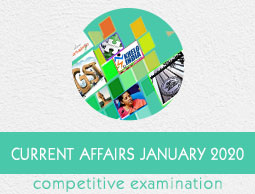
- Current Affairs January 2020
- Current Affairs - Home
- January 2020 - Summary
- Appointments
- Awards
- Bills & Acts
- Books & Authors
- Committees
- Deaths
- Defence
- Economic
- Environment
- Banking and Finance
- Important Days
- International
- Miscellaneous
- National
- Persons in News
- Places in News
- Regional
- Reports
- Resignations & Retirements
- Science & Technology
- Sports
- January 2020 - Exams Resources
- Current Affairs - Quiz
- Current Affairs - Test
- Current Affairs - PDF
Current Affairs Jan 2020 - Science & Technology
1 - ISRO will set up launch port for small satellite launch vehicles
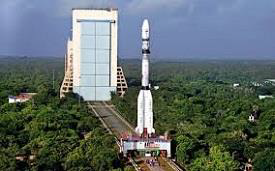
Indian Space Research Organisation announced to establish a second launch port in Thoothukodi district in Tamilnadu exclusively to launch small satellite launch vehicles. On the lines of GPS navigation system developed by America, the Indian navigation system called Navic with the indigenous atomic clock will be operational with mobile phone manufacturers coming forward to install the regional navigation device.
Chandrayaan 3 mission to the moon, comprising of a lander and a rover is approved by the Government. The Gaganyaan mission is targeted to be launched by 2022.
2 - ISRO inked pact to set up optical Telescope
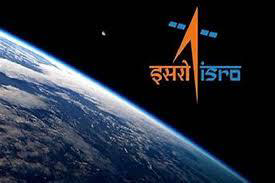
Indian Space Research Organisation (ISRO) and Indian Institute of Astrophysics (IIA) inked pact for co-operation in the field of Space Situational Awareness (SSA) and Astrophysics. MOU is signed as part of ISROs initiatives to utilise the efforts of Indian Academic Institutions in the space technology.
MoU will pave the way for future collaborations between ISRO and IIA in establishing optical telescope facilities under NETRA Project for space object tracking, studies related to space weather, Asteroids, and other Near Earth Objects (NEO). Collaboration between ISRO and IIA will help in progressing various fields of Astrophysics and Astronomy as well.
3 - DRDO Science Expo launched I-Stem portal at the Indian Science congress
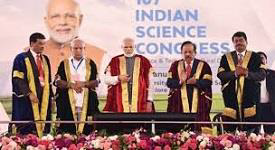
Indian Prime Minister Narendra Modi launched I-STEM portal at the 107th edition of the Indian Science Congress. Indian Science Technology and Engineering Facilities Map (I-STEM) portal will hold the database of all the R&D facilities established in institutions around the country, and enable their sharing in a transparent manner. The IP protected Portal has been built by, and is managed by, Nanoscience Centre of Indian Institute of Science, Bengaluru.
More than 17,000 equipments located at about 427 institutions across India have been listed on I-STEM. The Portal will provide comprehensive data on sharing of facilities.
4 - Astronomers spot distant galaxy group
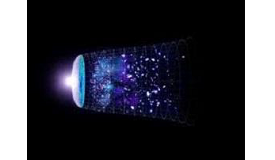
An international team of astronomers has found the farthest galaxy group identified to date, called EGS77. The galaxy shows the specific wavelengths of far-ultraviolet light revealed by reionisation. This emission, called Lyman alpha light, is prominent in all members of EGS77.
The EGS77, the trio of galaxies dates to a time when the universe was only 680 million years old, or less than 5% of its current age of 13.8 billion years.
5 - Women Science Congress held in Bengaluru

The Women Science Congress was held in Bengaluru at the ongoing Indian Science Congress. DRDO Aeronautical Systems Director General Dr. Tessy Thomas who is known as Missile Woman of India was the Chief Guest of the occasion.
The women’s science congress aims to provide a single platform for women working in different arena of science and technology to showcase their achievements and experiences. It will also prepare a vision document or a road map for women in science and technology.
6 - ISRO’s astronaut training hub to be established in Challakere, Karnataka
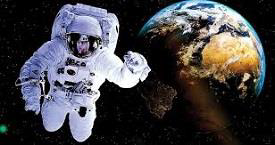
The Indian Space Research Organisation has finalised Karnataka’s Challakere as the location for its first Human Space Flight Infrastructure Centre (HSFIC). The proposed budget is Rs 2,700 crore and it is expected to be functional in next three years.
Various activities related to the training of astronauts to manned missions will be conducted at the centre. At present, the four selected astronauts to embark in India’s first manned spaceflight mission Gaganyaan are undergoing training in Russia.
7 - ISRO to Launch IDRSS Satellites to help Gaganyaan Mission
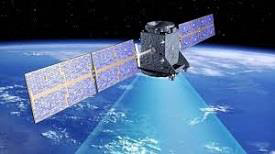
The Indian Space Research Organisation (ISRO) has announced to launch its own satellite pair for space communication purposes, called Indian Data Relay Satellite System (IDRSS). IDRSS will be pivotal in maintaining communication with the astronaut crew and ground mission control at any given phase, during manned space missions.
India is set to embark upon its first ever manned space mission with Gaganyaan in 2022. The first of the two satellites will be launched into Low-Earth orbit by the end of 2020, while second satellite will be launched in 2021.
8 - Indian Pompano Fish Cultivation-First Scientific Experiment
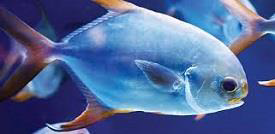
Central Marine Fisheries Research Institute (CMFRI) scientists developed viable scientific method to cultivate Indian Pompano fish in ponds. Pompanos are marine fishes. Scientists had started scientific study in 2014 on cultivation of fishes. Scientists recorded experiment of 750 grams of meat per fish in open ponds and 1 kg in cages. CMFRI’s new invention of cultivation in ponds recorded 95% of the survival of the fishes.
The funding provided by the National Fisheries Development Board (NFDB), registered 3 tons per acre yield and a profit of 25% to 30% of input cost per acre.
9 - LIGO: Second Merger of Neutron Stars detected
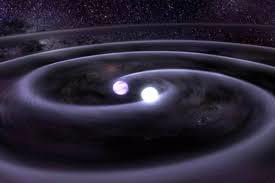
The Laser Interferometer Gravitational-Wave Observatory (LIGO) has spotted two ultra-dense stellar remnants known as neutron stars violently crashing together for a second time. The neutron stars each fitting roughly the mass of the Sun into a city-sized space have a combined mass greater than any other pair of neutron stars ever observed.
After the collision of these two particularly hefty neutron stars, the final merged product collapsed into a black hole, gobbling up any stray matter and light located nearby. The first gravitational-wave detection of merging neutron stars, called GW170817 was detected in 2017.
10 - GSAT-30 satellite launched from French Guiana
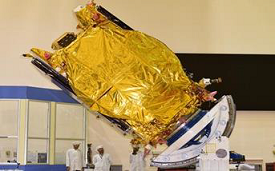
GSAT-30, a communication satellite of India, was launched onboard Ariane-5 launch vehicle (VA 251) from French Guiana. Weighing 3,357 kg, GSAT-30 is to serve as replacement to INSAT-4A spacecraft services with enhanced coverage. The satellite provides Indian mainland and islands coverage in Ku-band. It also provides extended coverage in C-band.
GSAT-30 will be extensively used for supporting VSAT networks, Television up-linking and Teleport services, Digital Services News Gathering (DSNG), DTH-Television services, cellular backhaul connectivity and many such applications.
11 - Oldest ever mushroom fossil discovered

The world's oldest mushroom has been discovered in the Democratic Republic of Congo and dates back to around 810 million years ago. The oldest confirmed mushroom fossil until now was dated to 460 million years ago.
In the current study, published in the journal Science Advances, researchers found fossilised remains of microscopic mushroom parts called mycelium in rocks whose age is between 715 and 810 million years.
12 - ISRO successfully completed three orbit raising manoeuvres of GSAT-30
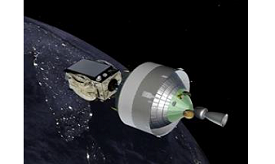
ISRO has successfully completed the three orbit-raising manoeuvres of communication satellite GSAT-30 and succeeded in placing it in an orbit close to its operational orbit. The satellite was launched on January 17 onboard Ariane 5 rocket from French Guiana.
The cumulative duration of operation of the propulsion system for these manuoeuvres was 2 hours 29 minutes. The satellite is placed in an orbit with a perigee of 35, 826 km and an apogee of 35,913 km with an inclination of 0.11 deg which is very close to its operational orbit.
13 - ISRO unveiled ‘Vyommitra’ a half-humanoid robot for Gaganyaan Space Mission
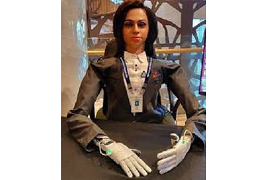
ISRO unveiled ‘Vyommitra’ a half-humanoid robot for Gaganyaan Space Mission. Indian Space Research Organisation will send 'Vyommitra', a 'lady robot' in the unmanned Gaganyaan spacecraft. Vyommitra will simulate human functions in space, interact with the environment control life support system, mimic the activity of a crew of astronauts in space, recognise them, hold conversations and answer queries.
ISRO will monitor how the human system will behave in the environment control life support system. Vyommitra is a half humanoid since she does not have legs. It can only bend sidewards and forward to carry out certain experiments.
14 - France to train Indian flight surgeons for ISRO’s Gaganyaan mission
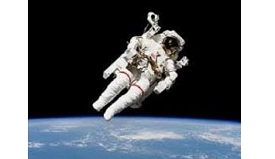
The Indian flight surgeons will be trained by France to enable them to check the health of astronauts selected for the human space mission Gaganyaan. Training will be of 2 weeks for Gaganyaan project that is aimed at sending three Indians to space by 2022. The flight surgeons will be observed by Indian Air Force doctors specialising in aviation medicines. Surgeons will take care of health of astronauts before, during and after the journey.
Gaganyaan is a fully autonomous 3.7-tonne spacecraft designed to carry a 3-member crew to orbit and safely return to the Earth.
15 - ISRO launched Bhuvan Panchayat V3 web Portal
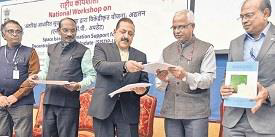
Indian Space Research Organisation (ISRO) launched the Bhuvan Panchayat web portal's version 3.0 for better planning and monitoring of government projects. The Portal will function with the help of satellite technology developed by ISRO and will enhance network application of gram panchayats.
The project is meant to provide geo-spatial services to aid gram panchayat development planning process of the Ministry of Panchayati Raj. The Bhuvan Panchayat web portal was launched for visualisation, planning and monitoring of schemes at panchayat levels.
To Continue Learning Please Login